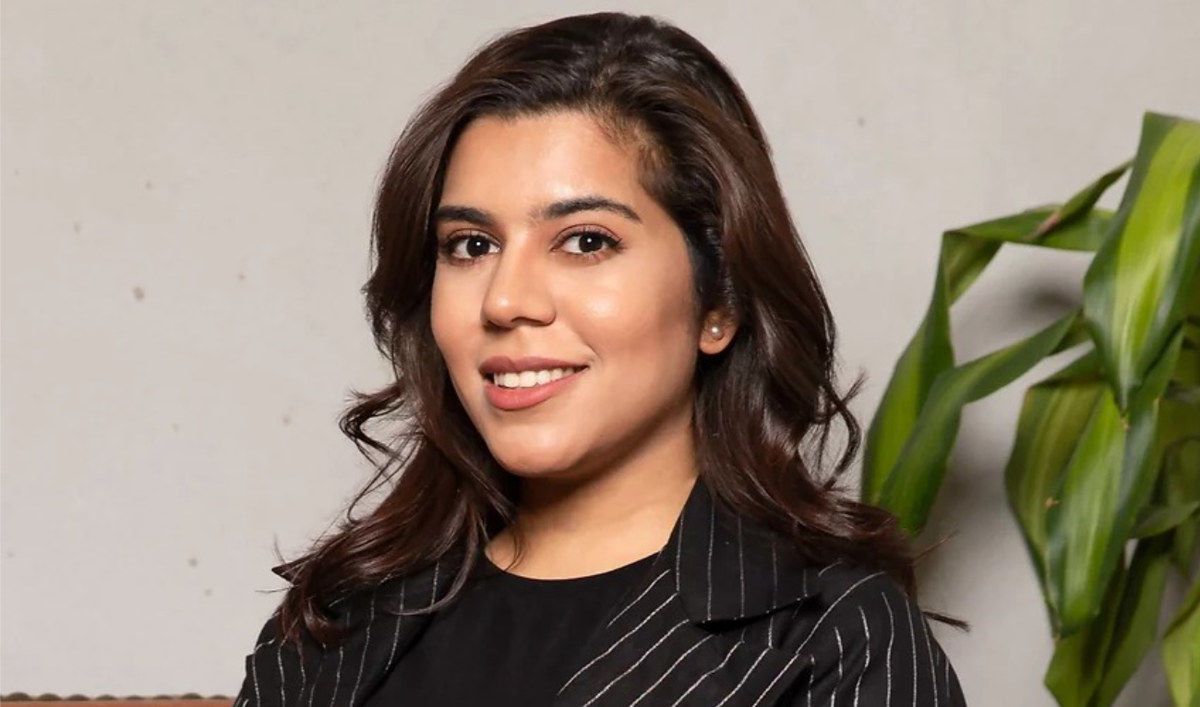RIYADH: Saudi journalist Balqees Basalom started an online platform to shed light on Arab women role models to help young girls in the Gulf Cooperation Council area find inspiring women to look upto.
“I was inspired to do this platform for the girls who grew up without a female role model,” Basalom told Arab News.
“Balqees for Her” releases a weekly newsletter, and is staffed entirely by women.
“In our newsletter, for instance, we discuss music and then write about well-known Gulf women who are musicians. After that, we provide the reader with some advice on how to pursue a career in music and other related topics. We provide how-to guidelines so that people can achieve that aim, in addition to highlighting stories,” she added.
They also hightlight topics on how women can be leaders or financially sound. The platform features successful stories of Gulf women who achieved their dreams in music, yoga, and engineering, among other fields.

Saudi journalist Balqees Basalom started an online platform to shed light on Arab women role models. (Supplied)
The newsletter and the social media platforms received huge feedback from young women in the gulf.
“We received many messages from girls telling us how much they love our newsletter and how much we inspire them, and this is my goal from the beginning, to make an inspiring platform for women.”
A discussion Basalom had with a friend regarding his sisters’ educations and how they were never encouraged to work led her to launch the website.
The friend told Basalom that his sisters, who were the first in the family to get a college degree, were unemployed, simply because there was no one to encourage or motivate them to do so.
“Many of these girls are very clever, like his sisters, who are very ambitious, but some of them may not have these role models, who they would look up to and say ‘I want to be like them.’ These girls may not have been fortunate enough to have a great role model in their lives. So, I made the decision to launch this social platform,” she explained.
Balqees’ platform also holds live events where they bring someone inspiring and have a live session with them.
They also had an event at Expo 2020 Dubai at the Youth pavilion, and held similar sessions in Riyadh, Makkah, and other cities in the Gulf.
At the Dubai event, Basalom hosted Emirati national Manar Al-Hinai, an award-winning journalist, writer, author and entrepreneur. She is also the co-founder of SIKKA Magazine, a leading independent magazine in the Arab world related to arts, culture and literature.
She is also the co-founder and director of the Gulf Art Museum, the first digital museum in the Arab Gulf countries to display works by artists and photographers from the region. Al-Hinai won the prestigious Arab Women’s Award in 2011 and 2020, and was listed as one of the most inspiring people in the UAE in 2012 and 2014.
In the Bahrain session, Balqees platform interviewed Wafa Al-Obaidat, the founder and CEO of Playbook, an educational technology company that aims to accelerate women's career growth.
Al-Obaidat is the founder and CEO of the leading public relations and design agency Obi & Hill. She hosts the “Women’s Power” podcast, and has been ranked among the 50 most powerful businesswomen in the Gulf. She has appeared in Wamda, Harper's Bazaar Arabia, and Entrepreneur magazine, and is the recipient of several awards, including the MasterCard’s Pioneers of Tomorrow Award.
A session in Makkah was with consultant and educational administration expert Dr. Maryam Abdullah Sorour Al-Sabban, who is the owner and president of the Musanada Center for Administrative Educational Consultations and Studies, a member of the advisory board of the Umm Al-Qura Women’s Charitable Society, and a member of the board of directors of Al-Faisaliah Women’s Charitable Society in Jeddah.
Basalom thanked the platform’s readers and supporters for making it a success, and thanked investor Richard Fitzgerald for funding her project last year after she pitched the proposal to him in 2021.
“We are extremely appreciative of him for his support.”

















